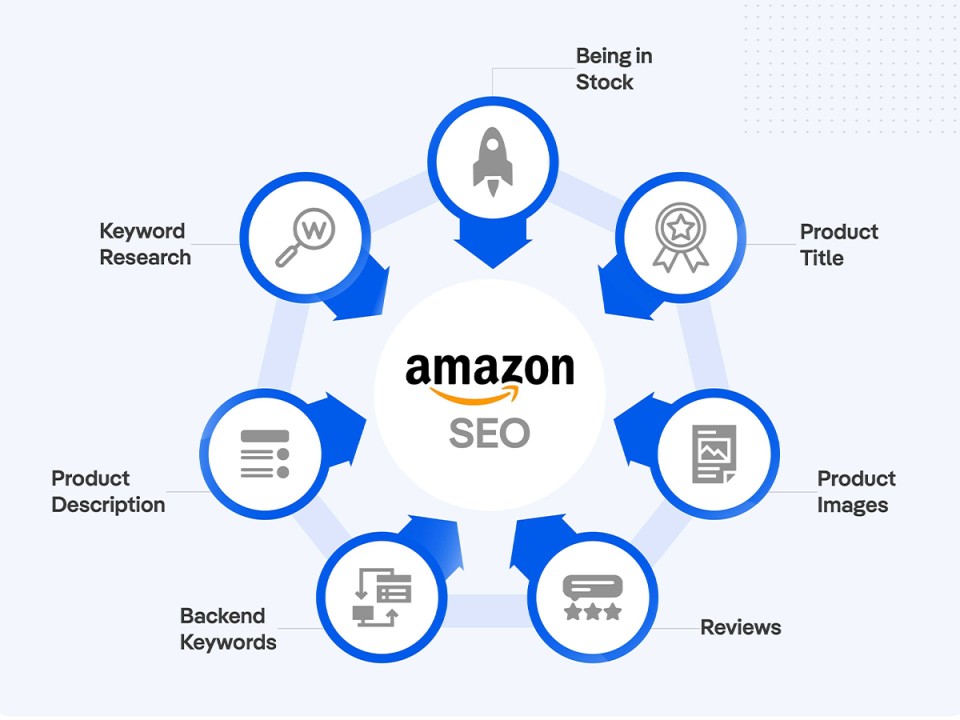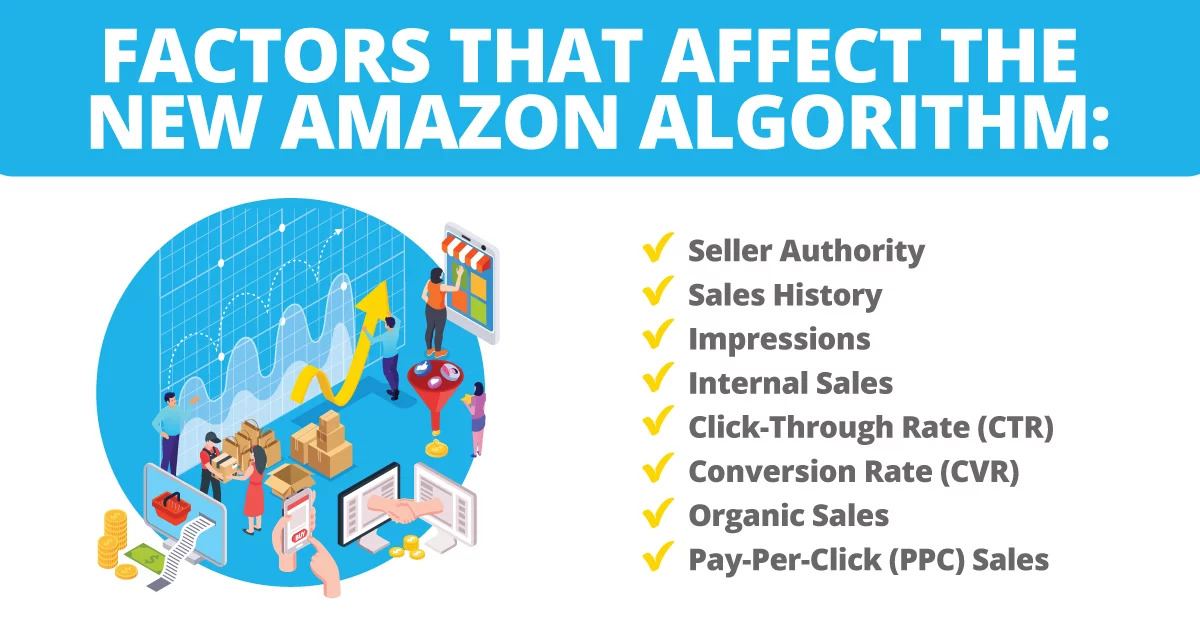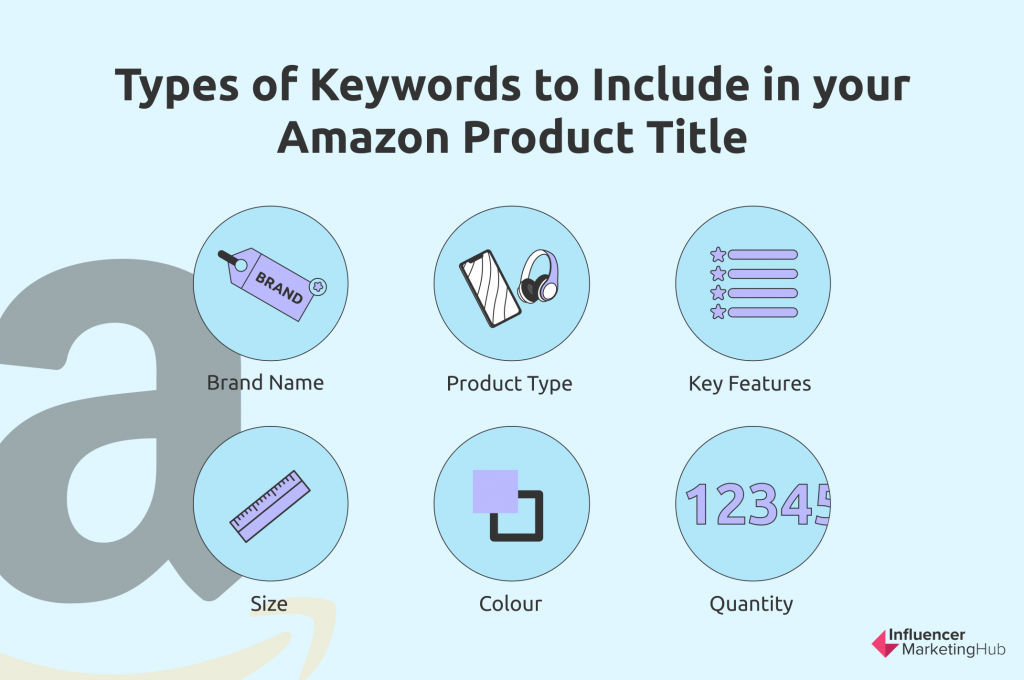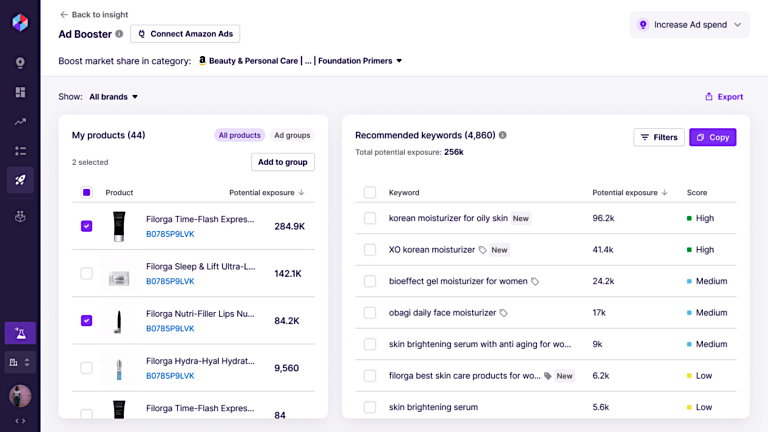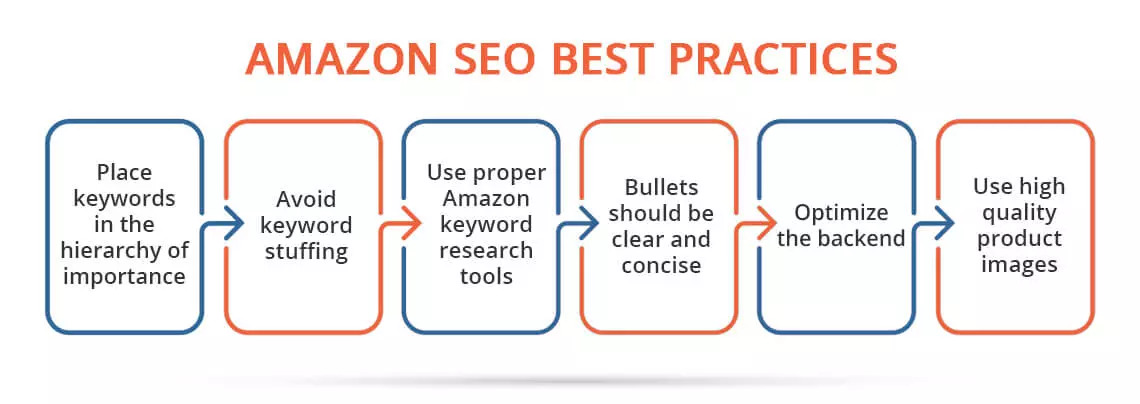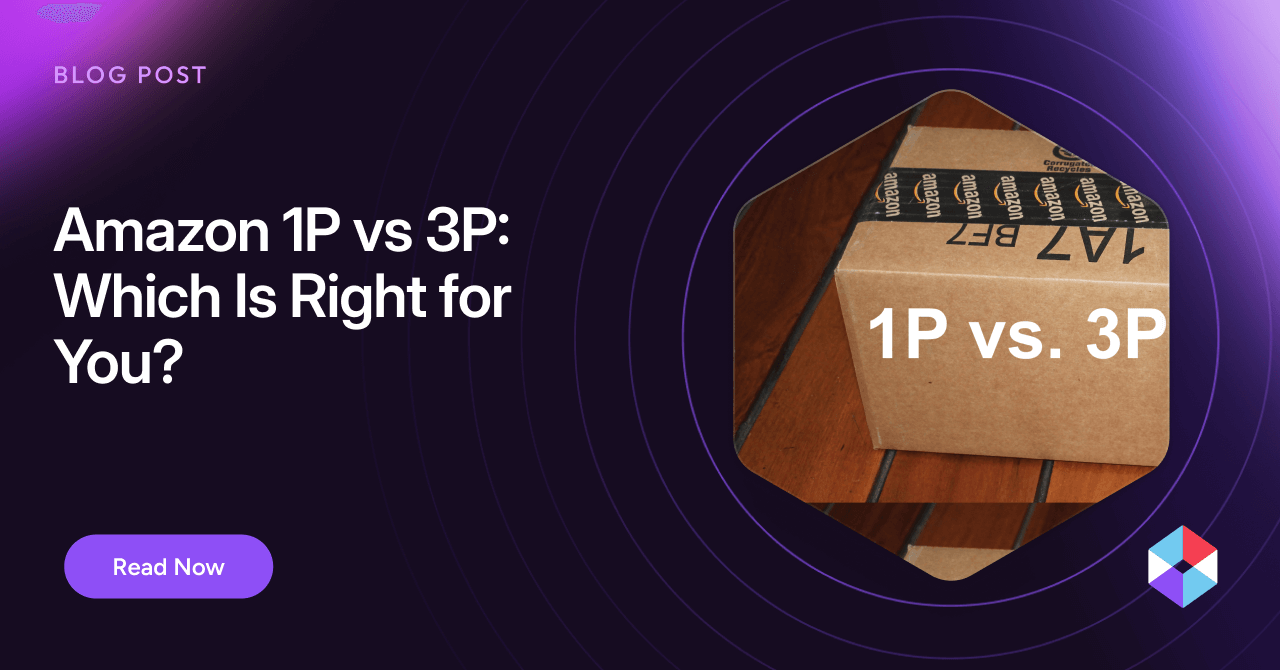Amazon offers many ways to browse and discover products, but let’s face it: most customers go straight to the search bar to tell Amazon what they’re looking for. When the product they want pops up on the first page of results, that’s a win-win for both the customer and the product seller. If you want your listings to be the last stop on a short but sweet customer journey, you need to employ Amazon search engine placement marketing.
If your products are buried deep within the Amazon search results for your top keywords, they’ll be invisible to most potential customers. The most recent report on Amazon shopper behavior showed that 32% of shoppers frequently buy the first product listed in search—and 46% of consumers purchase something from Amazon every week. Without easy product visibility, you’re missing out on significant sales opportunities.
Fortunately, there’s a lot you can do to improve your rankings and be there, front and center, when buyers search for the things you’re selling. We’ll walk you through Amazon search engine placement marketing and share actionable strategies for optimizing it across your product portfolio.
Amazon Search Engine Placement Marketing: What is it, and why is it important?
Amazon search engine placement marketing refers to strategies for optimizing your rankings within Amazon’s product search. Often called Amazon SEO, its purpose is to ensure that your descriptions, titles, listing content, advertising strategy, and other optimizable factors give you the best chance of ranking at the top of the search results for the keywords your target audience will be searching for.
Without a strategy to identify these keywords and factors to improve your search ranking, your products will be buried deep within search results—and practically invisible to most potential customers. New sellers often find themselves in this unfortunate position, but a strong Amazon search engine placement marketing strategy can turn things around.
What are the benefits of Amazon search engine placement marketing?
By employing a marketing strategy designed to optimize your Amazon search engine placement, you can better control your position on the digital shelf. High-placed rankings make your products more visible to consumers and signify that you’re an established, trustworthy brand. Shoppers are likelier to click on top search results, driving more traffic to your listing pages and increasing sales.
6 Elements of Amazon Search Engine Placement Marketing
Amazon’s product search features are designed to give customers a fast, seamless experience, but a lot is going on behind the scenes to make that happen. Here are the six elements of Amazon SEO that sellers need to understand:
1. The A10 Algorithm
A10 is the name for Amazon’s current search engine algorithm that dictates how high (or low) your product listings rank. A10 prioritizes factors that generate sales for Amazon, so top placements go to listings with a strong sales history, relevant keywords throughout your listing (title, description, bullet points, etc.), sufficient available inventory to fulfill orders, and competitive pricing.
2. The Search Box
The primary interface for Amazon searches is the box where customers type in their search terms. As a seller, you need to understand your target audience and what keywords and long-tail phrases they will likely use to find your products.
3. Search Filters
Once customers reach the results page, they can refine their search by filtering by price, shipping options, brands, customer reviews, and other category-specific criteria.
4. The Search Results Page
On the results page, A10 prioritizes listings with the highest expected conversion rate (the likelihood a customer will buy after seeing your listing). This means factors like high-quality product images, compelling product titles, and positive customer reviews all play a role in getting your product seen. Additionally, sponsored listings (paid ads) appear alongside organic results.
5. Amazon Sales Rank
Top-selling products are noted in the search results with the Best Sellers Rank that Amazon calculates in real time. Lists of best-sellers are also found on category pages. While directly influencing sales rank can be tricky, keep in mind that factors influencing A10 (positive reviews, conversions, etc.) can contribute to a better sales rank and increased organic visibility.
6. Amazon Advertising
Amazon offers three main types of pay-per-click (PPC) ads: Sponsored Products, Sponsored Brands, and Sponsored Display. All three types can appear in search results but target customers differently.
Sponsored Products allow you to advertise specific products with relevant keywords. Sponsored Brands promote your entire brand storefront and can be a good way to increase brand awareness. Sponsored Display ads reach customers on and off Amazon based on their browsing behavior and purchase history.
What are the challenges of Amazon search engine placement marketing?
Any strategy that promises great rewards will come with risks and challenges, and Amazon search engine placement marketing is no exception. Here are a few things to watch out for:
- Amazon is a crowded marketplace. New competitors are always cropping up, and old ones often revise their marketing strategies. This means that the cost of the best advertising keywords is constantly rising.
- Amazon takes a dim view of “keyword stuffing” and might penalize you by lowering your ranking. As tempting as it can be to throw every conceivable relevant keyword into your product listing title, be sure to use only a reasonable selection of the best, most relevant keywords.
- Look out for ad fatigue. Another side effect of a hotly competitive marketplace is ad fatigue—customers get so used to seeing sponsored products that they start scrolling past them, often without even thinking about it.
- Be prepared to commit to big data. Optimizing your organic search rankings is the best way to avoid skyrocketing PPC costs and ad fatigue, but it can require a stressful commitment to analyzing marketplace data, monitoring performance, and making frequent adjustments. Instead, AI-powered Amazon seller tools like Noogata can simplify data and marketplace analysis while providing profound insights and actionable strategies.
- Whatever you do, follow the rules. You must also ensure that your marketing activities comply with Amazon’s policies for sellers.
7 Strategies for Effective Amazon Search Engine Placement Marketing
1. Research Keywords
Conduct research to identify what keywords and long-tail phrases your customers use to search for your products, and optimize your listings accordingly. Noogata’s keyword tools can help you explore how consumers are searching for other products in your categories and identify new or seasonal search trends to include in your strategy.
To avoid keyword stuffing and awkwardly phrased product descriptions, you can include backend keywords that are visible to the search algorithm but not to customers. Don’t use misleading or irrelevant keywords— they won’t improve your sales, even if they potentially increase your visibility. You also don’t want to violate customer trust by using a buzzword like ‘sustainability‘ if the product is decidedly not eco-friendly.
2. Optimize Your Product Listings
Optimizing your product listings will increase their conversion rate, a significant factor in the A10’s ranking formula.
Review the product description, body text, and images on every listing and make sure they’re as relevant, engaging, and high-quality as possible. Include easy-to-read bullet points and detailed product information. Your product listings should be optimized for relevant search filters (for example, by ensuring your product category is accurate) to improve visibility for those searching with specific preferences.
Remember the A+ Content to draw out even more conversion potential. Free for registered brands with a Professional selling plan, the rich text, imagery, HD videos, banners, and other features encourage repeat purchases and have been shown to increase sales up to 8%.
3. Take Advantage of Amazon Ads
Even if your goal is to increase your organic search ranking, Amazon ads can play an essential role in your search engine placement marketing strategy. In addition to Sponsored Product ads that can bump you to the top of the results page, consider using Sponsored Display ads to retarget undecided buyers and external ads to drive traffic directly to your listings.
Including a mix of ad types in your Amazon SEO strategy helps you reach a wider audience and increase product discoverability. Noogata’s Ad Booster protects your budget with smarter campaigns instead of relying on automatic Amazon campaigns, allowing you to launch new product ads quickly and at scale.
4. Earn Excellent Reviews
Five-star ratings and favorable reviews can help your listings rise in the rankings and generate higher sales. While you can’t directly incentivize customers to leave reviews, you can ask—and the best way to motivate them to leave positive feedback and boost engagement is to deliver top-quality products and provide excellent customer service.
5. Keep an Eye on Your Competitors
You can’t stop your competitors from executing their own Amazon search engine placement marketing, but you can certainly watch what they’re doing and do whatever it takes to keep up and outmaneuver them. Noogata’s platform provides competitive intelligence that gathers and analyzes your competitors’ actions, enabling you to anticipate their moves and choose an effective response.
6. Price to Sell
Product price points are among the most important things to monitor with competitive intelligence. Many sellers are employing dynamic pricing strategies, meaning prices undergo frequent adjustments. When customers are scrolling through multiple pages of listings, it’s often because they’re looking for the best deals, so if you can beat your competitors on price, you stand a good chance of winning the sale and boosting your listing’s rank.
7. Monitor Your Performance and Adjust as Needed
There’s no such thing as a set-it-and-forget-it strategy in eCommerce. Determine the KPIs for your Amazon search engine placement marketing strategy, monitor your performance regularly, and modify it when it falls short of delivering the results you want. Markets evolve, customer behavior changes, trends and seasons affect purchasing patterns. Keep your strategy flexible and adapt it according to what your analytics are telling you.
Climb to the Top of Search with Noogata
Climbing to the pinnacle of Amazon’s search results isn’t easy, but with smart tools and the right strategy, it can be done—and the rewards are great for those who outperform the competition.
With AI-powered keyword insights and advanced competitive intelligence tools, Noogata is one of the best solutions for maximizing the effectiveness and profitability of Amazon search engine placement marketing. It’s designed to help sellers rise up the search rankings and conquer the digital shelf, with an Amazon sales assistant that prioritizes relevant insights to grow and protect your portfolio.
Sign up for a demo to test drive Noogata’s features and get a preview of your future at the top of Amazon search.

